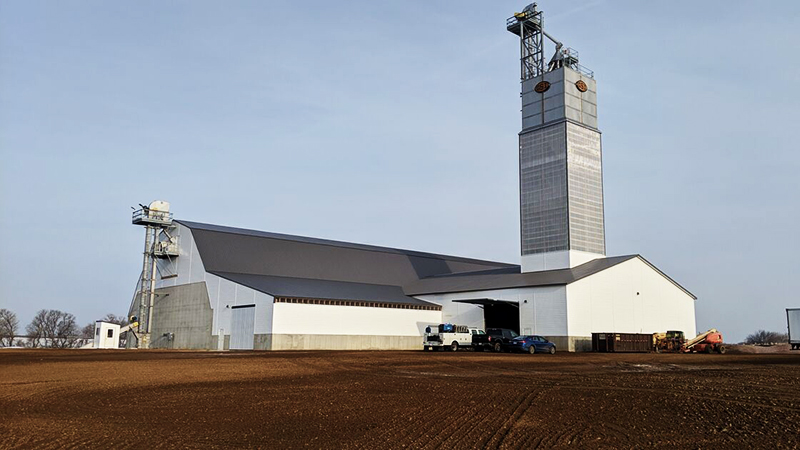Academics Support USDA National Predictive Modeling Tool Initiative
Scientific advances in predictive modeling now allow long-range weather forecasting, pathogen identification, spore transport across states and regions and more. In the near future, farmers may be able to use data-driven decision support tools to prevent diseases, reduce costly crop inputs and determine the best crops to plant in each growing season.
“The National Predictive Modeling Tool Initiative (NPMTI) effort will benefit from a collaborative group of plant pathologists putting their minds together and, at the end of the day, develop better tools – much sooner – for farmers,” Damon Smith, Professor and Extension Specialist, University of Wisconsin.
“In Wisconsin, the emerging disease we need to manage is tar spot. Northern corn leaf blight and grey leaf spot also pose threats to crop yields,” says Smith. “We expect modeling tools from NPMTI to help us manage these diseases and others by giving farmers current updates as they decide which crops to plant in which fields.”
The NPMTI is being developed by academics across the country. The initiative was launched in 2020 as a collaborative network of scientists from the USDA’s Agricultural Research Services, Los Alamos National Laboratory, several university and private laboratories, and nearly two dozen university scientists and Extension professionals. The group is focused on developing region-specific predictive models to give growers information on disease risk, management options, and to inform development of disease-resistant crop varieties.
“It’s a quandary growers face when they’re concerned about a disease wiping out a crop. They can spray a fungicide and/or plant a resistant crop variety,” says Tom Isakeit, Texas A&M University professor and Extension plant pathologist. “However, there comes a point when the extra amount of crop inputs may dip into profits and sustainability. NPMTI aims to help sort out these management decisions.”
Professor Robert Kemerait, University of Georgia, explains, “This tool will allow monitoring the spread of wind-borne pathogens with anticipation of subsequent disease spread. The potential of this disease modeling is critical now as we increasingly focus on the impact of climate change on agriculture.”
Ultimately NPMTI will be a nationwide, multi-crop disease forecasting data tool to:
- Ensure crop quality and sustainability
- Provide climate change resilience
- Improve soil health
- Monitor pathogens and microbial diversity, including in crop residues, soils, air, and water quality
- Reduce yield loss by improving crop disease management techniques
- Increase precision of pesticide applications.
NPMTI will include primary research to provide insight for management decisions including crop, hybrid, and varietal selection; cover crop selection; tillage methods; seed treatments, fungicides, and other agronomic tools.
Findings will be reported through newsletters, various ag and national media as well as the NPMTI website https://agpmt.org/. Ultimately, NPMTI will bring site-specific forecasting to crop producers.
Initially NPTMI is focused on key diseases in corn (four diseases in eight states,) cotton (five diseases in 11 states) and wheat (two disease complexes in six states.) As future funding permits, additional states, crops, and diseases will be added.
Historically, tillage was used to bury crop residues in the soil to promote rapid decomposition of stalks, leaves, and associated pathogens, while non-crop areas were often maintained vegetation-free.
With growing use of no-till and conservation tillage practices, crop residues now remain on the surface providing soil health benefits. Reduced tillage and crop residues result in pathogen inoculum for future crop infection. Also, non-crop areas of fields are often managed as grassed waterways, filter strips, and wildlife habitats. These non-crop areas in a field can serve as a pathogen bridge from one crop season to the next. While these conservation practices provide important benefits, they also increase the risk of crop diseases.
Methods to forecast inoculum exposure would allow growers to take timely preventative actions, such as delayed planting, using resistant varieties, choosing selective fungicides, crop growth regulators, irrigation management, and targeted rotations. Only where necessary, limited tillage would be used along with other agronomic practices.






